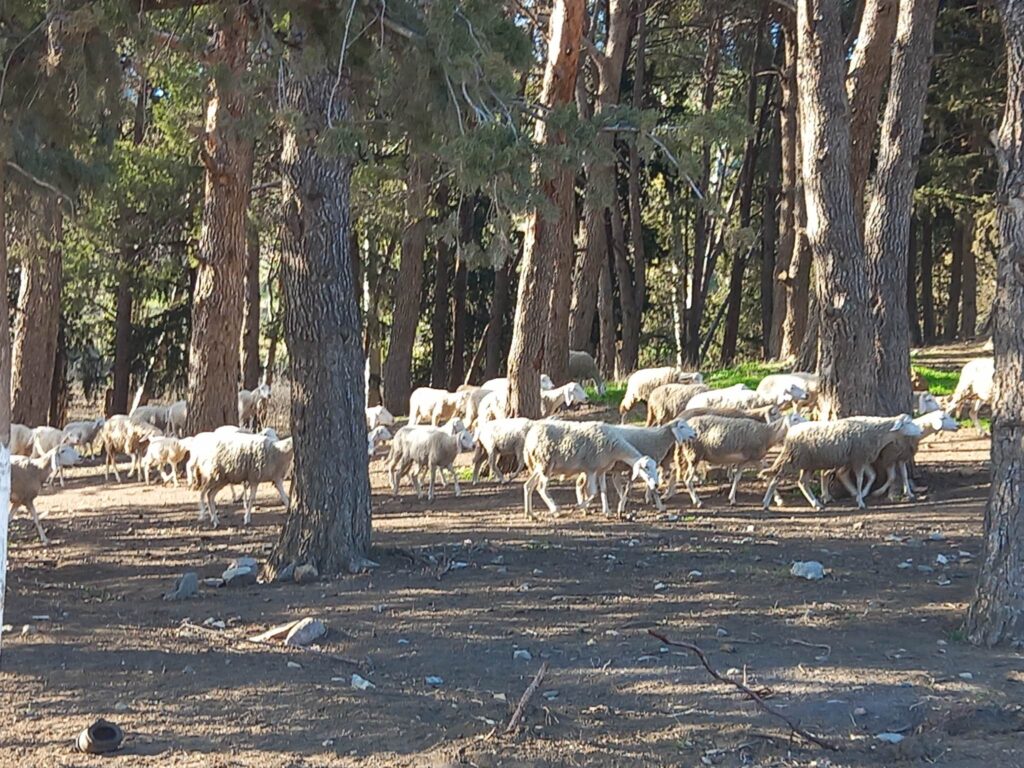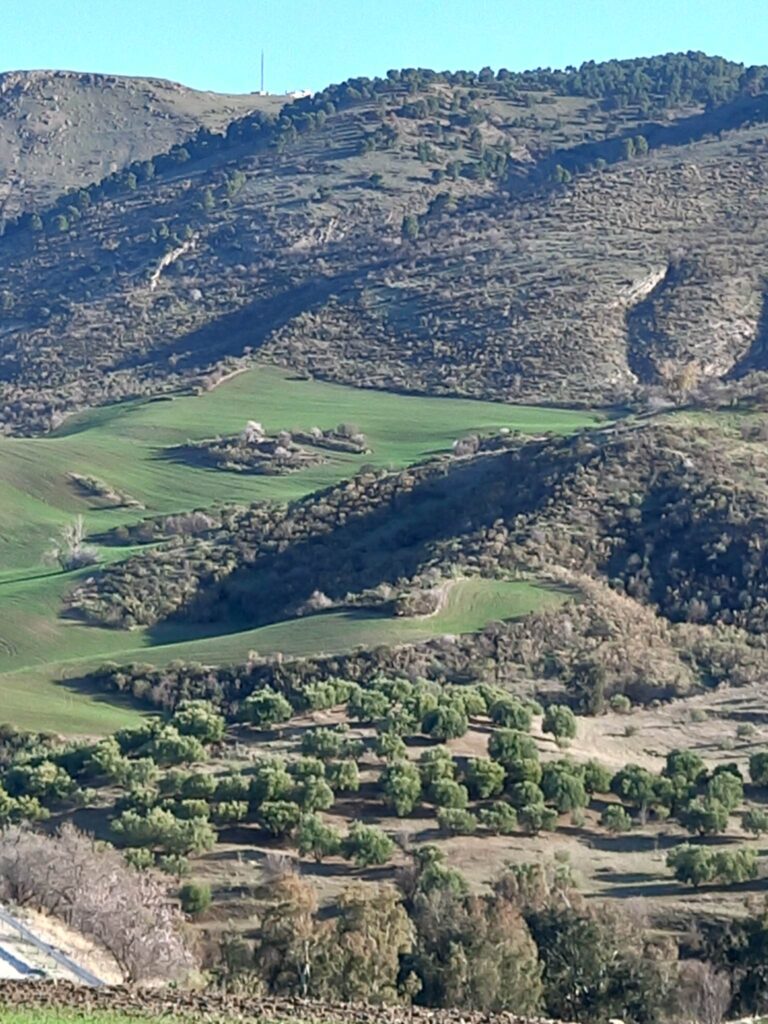Agroforestry in Algeria: case of the Northern area of Sétif.
Agroforestry practices in Algeria obviously do not date from today. Pre-Roman Berber societies practiced a wide range of speculation, combining arboriculture, market gardening, cereals and livestock. The potentialities and available resources of mountain areas were exploited. Orchards and olive groves occupied vast areas and it is especially in the mountains, the Numidians raised horses in the forests because in addition to war, hunting was one of the occupations of the Numidians.
Agroforestry in Algeria is presented as a production system whose agricultural activity and particularly livestock farming is intimately linked to the forest. This system is not new, it is the historical, economic and social conditions that have led man to draw from the forest his needs apart from wood which is the essential production of a forest.
Appearances of agroforestry practices were spreading in the northern part of Sétif like all around the Mediterranean at that time; the olive trees contributed to the fig trees, market gardening and especially the cactus around the habitats as a fence and means of fighting against erosion.
The agroforestry system practiced at the time was the exploitation of the forest (mainly holm oak) in the grazing of animals, in particular goats, which contribute to the clearing of forests (collective herds of villagers), the use of wood for heating and practice of hunting.
On the other hand, today, the agroforestry system has completely changed its face with the rural exodus in the 1990s and 2000s, in addition to the connection of the villages of these areas with natural gas. The exploitation of the forest has taken another form: the abandonment of livestock which increases the risk of fires (except the establishment of beehives) and the clearing of forests for the establishment of olive trees and the fig tree which accentuates the erosion. The forest also plays a role in agro-tourism where caravans move towards the northern zone, especially during the snowfall period.








